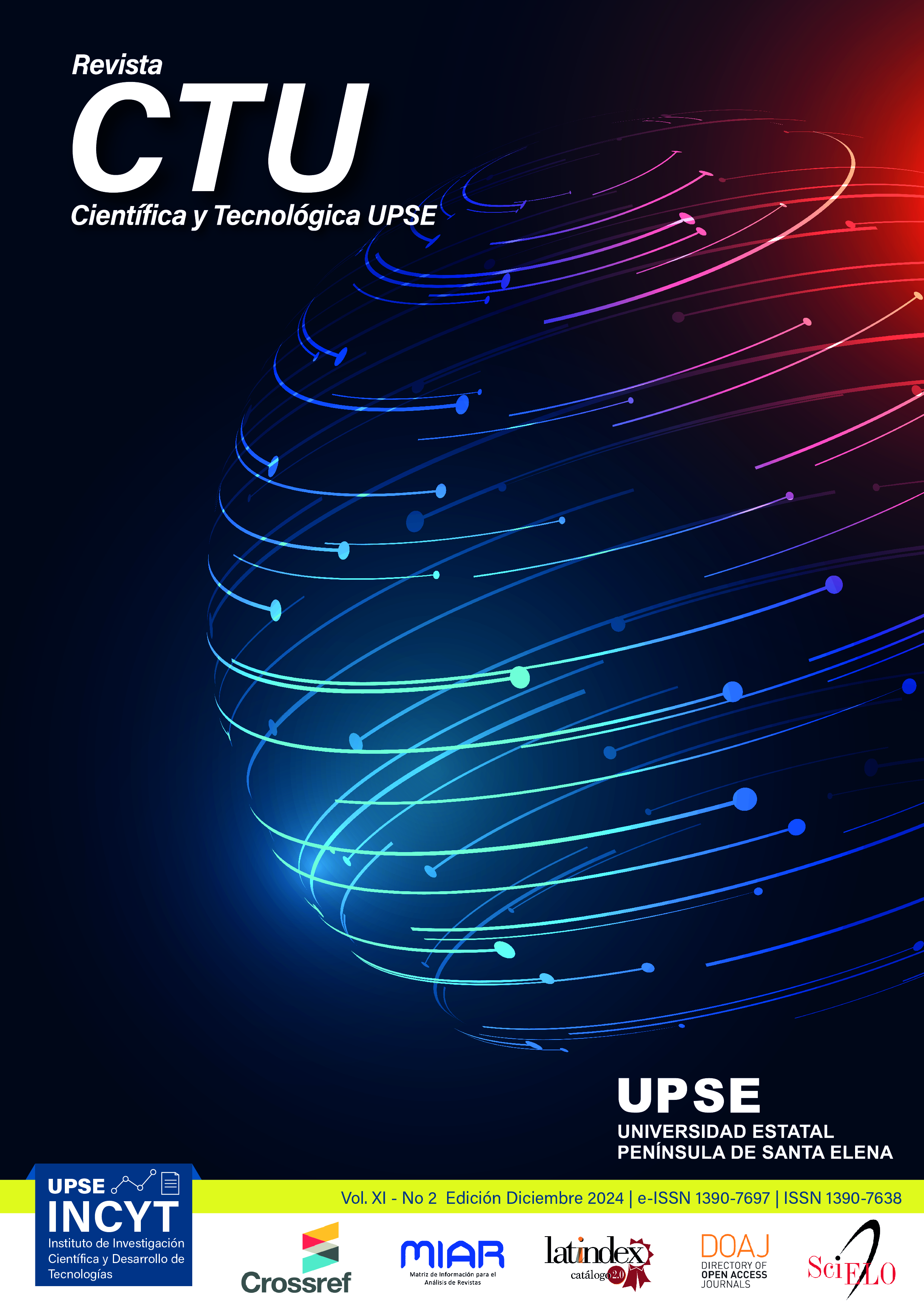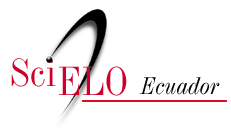Evaluación de la toxicidad potencial de metales en un suelo cercano al volcán Tungurahua, Ecuador
DOI:
https://doi.org/10.26423/rctu.v11i2.821Palabras clave:
Absorción atómica de llama, digestión ácida asistida con microondas, extracción con EDTA, horno de grafitoResumen
La actividad del volcán Tungurahua en 2016 provocó caída de ceniza y episodios de lava, concentrándose principalmente en la región de Quero. Se evaluó el contenido total de metales y su biodisponibilidad en un suelo agrícola cercano a este volcán. El contenido total de metales se estimó mediante digestión ácida asistida con microondas y la biodisponilidad por extracción con EDTA. Los metales mayoritarios se midieron con absorción atómica de llama, mientras que los minoritarios con horno de grafito. El contenido total de Cd (0,13-0,22 mg/kg), Pb (1,3 2,5 mg/kg), Co (2,1-5 mg/kg), Ni (9,4-15,4 mg/kg), Cu (15,5-20,5 mg/kg) y Zn (27-36 mg/kg), estuvo por debajo de los valores establecidos en la normativa ecuatoriana. Mientras que, Sr (5,1-11,3 mg/kg), Mn (138-216 mg/kg), Fe (5537-9426 mg/kg), Mg (1065-3128 mg/kg) y K (79-147 mg/kg) fueron comparables a otros suelos volcánicos. En conclusión, los suelos estudiados no son potencialmente tóxicos para prácticas agrícolas respecto al contenido de metales.
Descargas
Publicado
Número
Sección
Licencia
El titular de los derechos de autor de la obra, otorga derechos de uso a los lectores mediante la licencia Creative Commons Atribución-NoComercial-CompartirIgual 4.0 Internacional. Esto permite el acceso gratuito inmediato a la obra y permite a cualquier usuario leer, descargar, copiar, distribuir, imprimir, buscar o vincular a los textos completos de los artículos, rastrearlos para su indexación, pasarlos como datos al software o usarlos para cualquier otro propósito legal.
Cuando la obra es aprobada y aceptada para su publicación, los autores conservan los derechos de autor sin restricciones, cediendo únicamente los derechos de reproducción, distribución para su explotación en formato de papel, así como en cualquier otro soporte magnético, óptico y digital.












